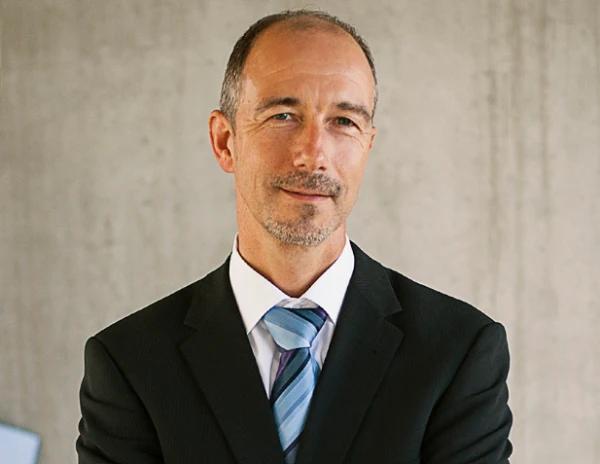Faster, more innovative, more efficient - Why businesses should modernise and optimise their IT
Changing business models, new markets, and products require more speed, flexibility, and scalability from IT. In order to become faster, more innovative, and more efficient, many companies have begun to modernize their IT systems and applications. But often, the necessary transparency to make the existing infrastructure fit for the new requirements is lacking.
Keeping up with the ever-evolving technology landscape is essential if companies are to remain competitive while protecting their infrastructures from increasing security risks.
IT modernization and optimization offers a number of benefits here
- Increased efficiency by streamlining processes and eliminating manual tasks
- Cost advantages by avoiding expensive investments in hardware and software
- Competitive advantages through the use of the latest technologies
- Increased customer satisfaction through improved user experience
- Secure IT systems through continuous vulnerability monitoring and security-by-design
What matters when implementing IT modernization measures
Modernizing and optimizing IT infrastructures requires careful planning and execution. This includes assessing existing IT systems, identifying potential for improvement and developing a strategy for implementing the required upgrades. In this context, fundamental questions arise:
- What measures are needed to ensure the security of the IT systems?
- What are the costs of implementing the required upgrades?
- How to ensure compatibility of IT systems with the latest technologies?
- How are employees prepared for possible changes?
Three steps to a future-oriented IT infrastructure
In order to successfully master the challenges of IT modernization and optimization and to set up the IT infrastructure and organization of companies in a future-oriented manner, we proceed in three steps:
1. Infrastructure audit (analysis)
Together with our client, we analyse the respective IT landscape and determine where optimisation options are available and what modernisation measures really take the company forward. To do this, we project today’s IT infrastructure costs onto possible hybrid and cloud scenarios, together determine the current positioning of IT and compare it to future needs. Because transparency gives every company an advantage when planning its future IT.
2. Transformations-Planung
Ohne Plan kann die Transformation der IT schnell unkalkulierbar werden. Wir entwickeln mit unseren Kunden zusammen die Cloud-Strategie, die zur jeweiligen Situation passt und erstellen eine pragmatische Transformations-Roadmap, die den Weg zum Erreichen der konkreten Ziele weist. Dazu zählen neben einem Maßnahmenkatalog für die technische Optimierung und Modernisierung auch die Next IT-Architektur für die IT von morgen – egal ob On-Premises, in der Cloud oder Hybrid.
3. Implementation
Does your customer not have the capacity or know-how to change their IT? We support this IT transformation with our experience and IT experts. This starts with the optimal set-up of the IT organisation for cloud services and extends to the migration of systems and applications to the cloud or building hybrid infrastructures and optimising the existing IT.
Summary: Ensuring competitiveness through IT optimisation
Transparency, good planning followed by the implementation of new processes and procedures, and the use of new (cloud) technologies help companies become more efficient, competitive and secure. With the right approach, IT modernization and optimization can thus make a significant contribution to business success.
Thomas Strigel
Business Development Managed Solutions und Consulting, SPIRIT/21
Phone: +49 1726327678
E-Mail: tstrigel@spirit21.com
Thomas is an all-rounder when it comes to managed services and cloud solutions. He is always willing to listen to your questions and suggestions.

